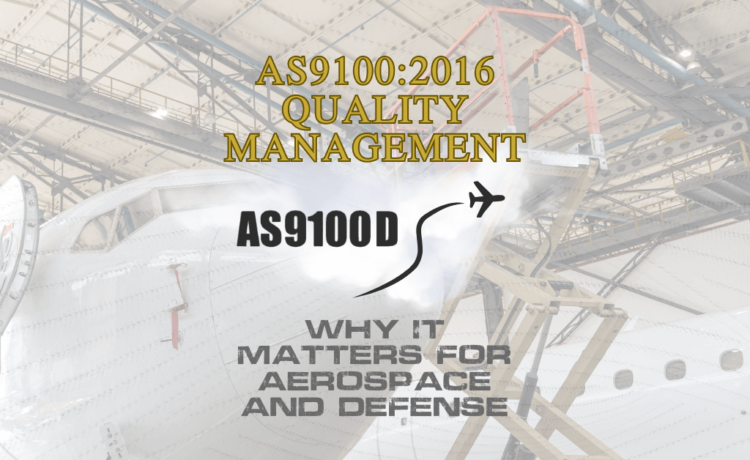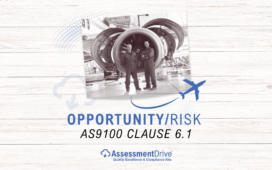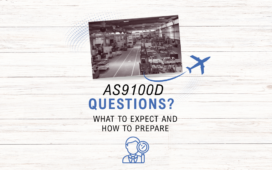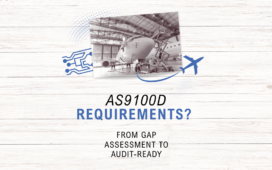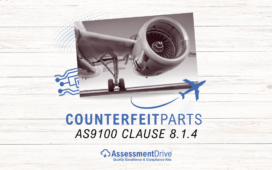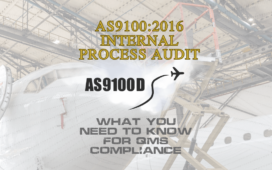AS9100 quality management. As the aerospace and defense industries evolve, the standards that govern quality management systems must adapt. The AS9100:2016 (also known as 9100:2016) revision represents one of the most significant updates to the standard, reflecting modern challenges in quality, risk, and operational complexity. Below, we address the most frequently asked questions related to the 9100:2016 series to help organizations understand, implement, and maintain compliance effectively.
Why Was 9100:2016 Introduced?
Business conditions have changed drastically since ISO 9001’s last major revision in 2000. With increased customer expectations, technological advances, complex global supply chains, and a focus on sustainability, a more robust and flexible standard was needed. AS9100:2016 incorporates these new realities while remaining accessible for both small and large organizations.
What’s Changed in the Structure and Language?
The standard now follows the ISO Annex SL structure—ten clauses built on the Plan-Do-Check-Act (PDCA) cycle—streamlining integration with other ISO standards. Key differences include:
- Emphasis on risk-based thinking.
- Greater flexibility in documentation.
- Applicability to both product and service-based organizations.
- A shift from mandatory quality manuals to more tailored documented information.
Do We Still Need a Quality Manual?
While no longer mandatory, quality manuals are still permissible. Clause 4.4.2 integrates prior manual elements and allows companies to retain one if it aligns with their business model or customer requirements.
What Is Risk-Based Thinking?
Risk-based thinking is foundational to 9100:2016. Unlike traditional risk management, this concept emphasizes integrating risk awareness into everyday planning and process execution. Formal tools like FMEA are useful but not required. The goal is to prevent nonconformities proactively, especially in high-impact areas like aerospace.
How Should We Handle Documentation?
Documents and records are now collectively referred to as “documented information.” Organizations must:
- Maintain current, controlled information for processes.
- Retain records as evidence of conformity.
The required level of detail depends on organizational complexity and regulatory needs.
Is Management Review Still Required?
Yes, but it’s now placed under “Performance Evaluation” (Clause 9.3) to better align with the PDCA model. This change emphasizes using objective data to evaluate QMS performance before management reviews it.
Why the Shift from “Product” to “Product and Service”?
AS9100 now explicitly includes “service” to reflect its broader application beyond manufacturing. This wording reinforces the standard’s relevance to maintenance providers, testing labs, design firms, and other service-based businesses.
What Are the Benefits of 9100:2016?
- Enhanced focus on outcomes rather than procedures.
- Improved integration with environmental, health & safety, and business continuity systems.
- Better applicability for service and knowledge-based industries.
- Reinforced leadership accountability.
- Streamlined documentation requirements.
- More structured approach to risk and opportunity management.
Common Clause-Specific Questions
Context of the Organization (Clause 4)
Organizations must consider both internal and external factors—like political, regulatory, technological, and cultural environments—when defining their QMS. Understanding this context ensures better alignment with strategic goals.
Interested Parties (Clause 4.2)
Companies must identify relevant stakeholders and their requirements, including customers, regulators, and suppliers, as they relate to the QMS.
Human Factors (Clauses 7.1.4, 8.5.1g, 10.2.1.b.2)
The standard emphasizes work environments that reduce stress and errors. This includes mistake-proofing tools (Poka-Yoke) and addressing human behavior in root cause analysis.
Organizational Knowledge (Clause 7.1.6)
Knowledge management is essential. Organizations must capture and share critical knowledge—such as lessons learned, task instructions, and expert insights—to prevent loss and maintain operational excellence.
Key Implementation Areas
Product Safety (Clause 8.1.3)
Every organization must understand how their products are used and the safety implications of failure—even raw material providers. Managing critical items, ensuring engineering compliance, and fostering a culture of accountability are essential.
Counterfeit Part Prevention (Clause 8.1.4)
Requirements include traceability, verification testing, obsolescence monitoring, and training to detect and avoid counterfeit components.
Control of External Providers (Clause 8.4)
Purchasing has been reframed to include any externally provided processes, products, or services, including those from corporate affiliates or third-party volunteers.
Post-Delivery and Service Support
Clause 8.5.5 clarifies that organizations may be responsible for their products post-delivery. This could involve technical support, maintenance, or product recalls, depending on agreements or regulations.
Performance vs. Effectiveness vs. Efficiency
- Performance refers to how well a process produces its intended results.
- Effectiveness measures the achievement of planned objectives.
- Efficiency evaluates the optimal use of resources.
These metrics are central to improving and demonstrating the value of the QMS.
Transition Period and Global Alignment
AS9100:2016 aligned its transition period with ISO 9001:2015, ensuring organizations wouldn’t need to undergo separate transitions or audits. This decision helped streamline certification and compliance efforts across sectors.
Final Thoughts
The 9100:2016 revision isn’t just a compliance requirement—it’s an opportunity to strengthen quality, leadership, and risk resilience across the aerospace and defense supply chain. By focusing on real-world business challenges and flexible application, the standard encourages smarter systems and more sustainable growth.
If your organization is preparing for the AS9100D certification, already certified, or simply reviewing best practices, understanding these FAQs is a critical step toward long-term success.


